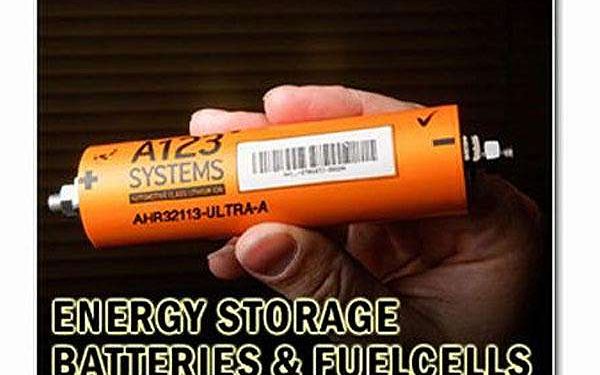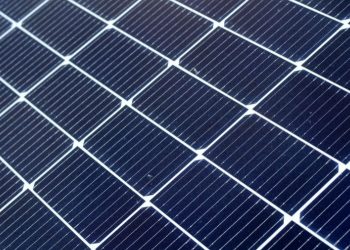Princeton Chemistry demonstrates high-performance Sodium-ion cathode towards new battery technology
by Wendy Plump for Princeton News
Princeton NJ (SPX) Feb 20, 2025
For decades, scientists have sought ways to counter our dependence on lithium-ion batteries. These traditional, rechargeable batteries energize today’s most ubiquitous consumer electronics – from laptops to cell phones to electric cars. But raw lithium is expensive and is often sourced through fragile geopolitical networks.
This month, Princeton University’s Dinca Group announces an exciting alternative that relies on an organic, high-energy cathode material to make sodium-ion batteries, advancing the likelihood that this technology will find commercialization with safe, cheaper, more sustainable components.
While scientists have made some progress with sodium-ion batteries, hurdles arise largely because of their low energy density: they have shorter battery-run times relative to their size. High power density, which relates to output, also factors into their performance. Achieving high energy density and high power density simultaneously has been an ongoing challenge for alternative batteries.
But the cathode material put forward by the Dinca Group, a layered organic solid called bis-tetraaminobenzoquinone (TAQ), outperforms traditional lithium-ion cathodes in both energy and power densities in a technology that is truly scalable.
Their research has potential for large-scale energy storage applications like data centers, power grids, and commercial-scale renewable energy systems, in addition to electric vehicles.
“Everyone understands the challenges that come with having limited resources for something as important as batteries, and lithium certainly qualifies as ‘limited’ in a number of ways,” said Mircea Dinca, the Alexander Stewart 1886 Professor of Chemistry. “It’s always better to have a diversified portfolio for these materials. Sodium is literally everywhere. For us, going after batteries that are made with really abundant resources like the organic matter and seawater is among our greatest research dreams.
“Energy density is something on a lot of people’s minds because you can equate it with how much juice you get in a battery. The more energy density you have, the farther your car goes before you have to recharge it. We’ve answered quite emphatically that the new material we developed has the largest energy density, certainly on a per kilogram basis, and competes with the best materials out there even on a volumetric basis.
“Being on the front lines of developing a truly sustainable and cost-effective sodium ion cathode or battery is truly exciting.”
With funding from Automobili Lamborghini S.p.A., the lab’s research, High-Energy, High-Power Sodium-Ion Batteries from a Layered Organic Cathode, appears this month in the Journal of the American Chemical Society (JACS).
Approaching theoretical maximum capacity
The lab underscored the advantages of TAQ a year ago when they first reported on its utility for making lithium-ion batteries in ACS Central Science. Researchers simply continued investigating its potential, particularly when they found TAQ to be completely insoluble and highly conductive, two key technical advantages for an organic cathode material. A cathode is an essential component of all polarized devices.
So they endeavored to construct an organic, sodium-ion battery using the same material, TAQ. The process took about a year, as researchers had to adapt several design principles that could not be ported over from lithium-ion technology.
In the end, the results exceeded their expectations. Their cathode’s performance nearly is close to a benchmark known as the theoretical maximum capacity.
“The binder we chose, carbon nanotubes, facilitates the mixing of TAQ crystallites and carbon black particles, leading to a homogeneous electrode,” said Dinca Group Ph.D. and first author on the paper, Tianyang Chen. “The carbon nanotubes closely wrap around TAQ crystallites and interconnect them. Both of these factors promote electron transport within the electrode bulk, enabling an almost 100% active material utilization, which leads to almost theoretical maximum capacity.
“The use of carbon nanotubes considerably improves the rate performance of the battery, which means that the battery can store the same amount of energy within a much shorter charging time, or can store much more energy within the same charging time.”
Chen said TAQ’s benefit as a cathode material also include its stability against air and moisture, long lifespan, ability to withstand high temperatures, and environmental sustainability.
Research Report:High-Energy, High-Power Sodium-Ion Batteries from a Layered Organic Cathode
Related Links
Frick Chemistry Laboratory Princeton University
Powering The World in the 21st Century at Energy-Daily.com


















